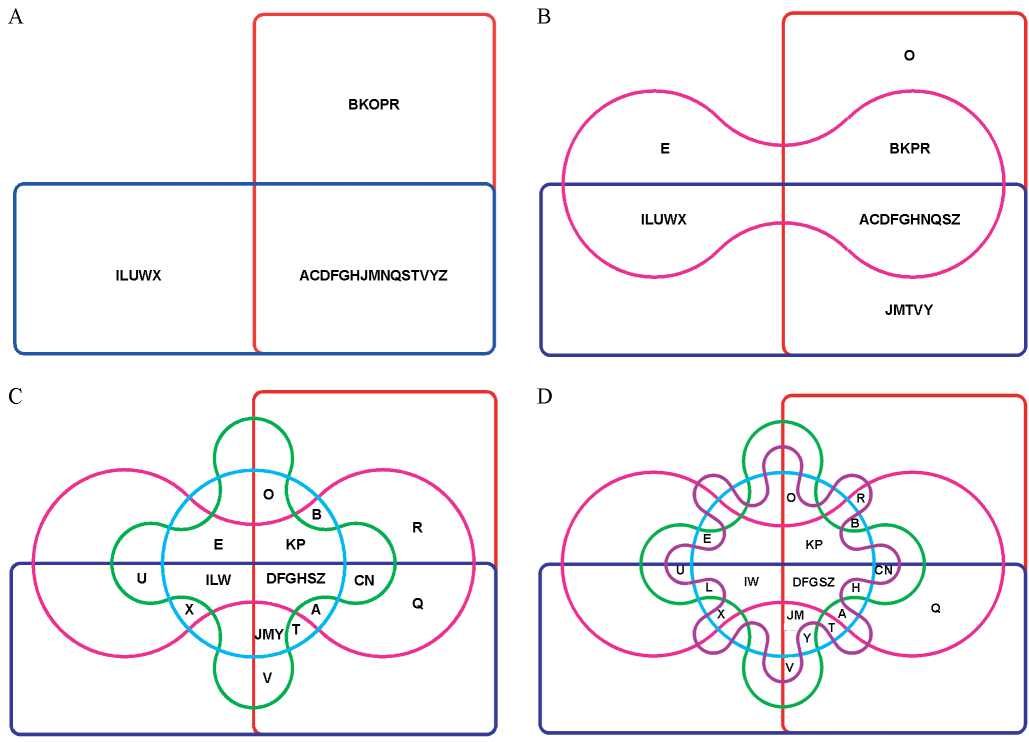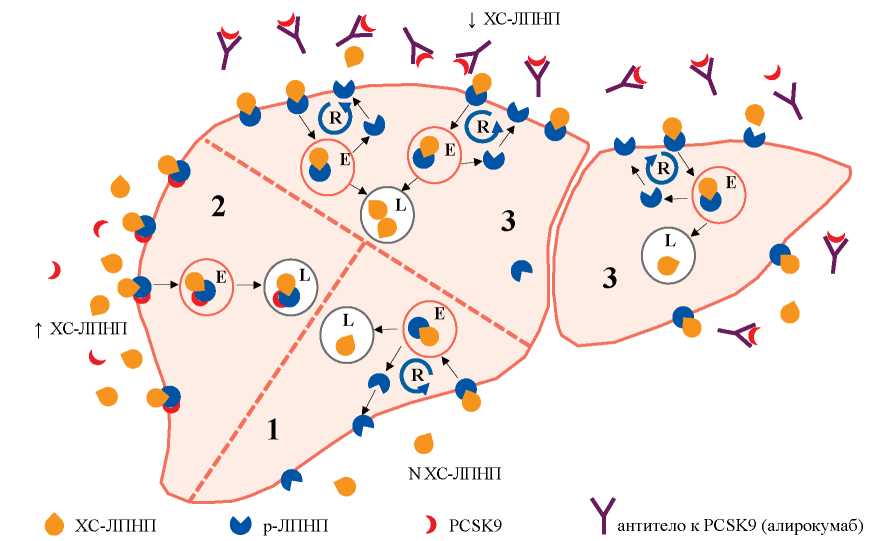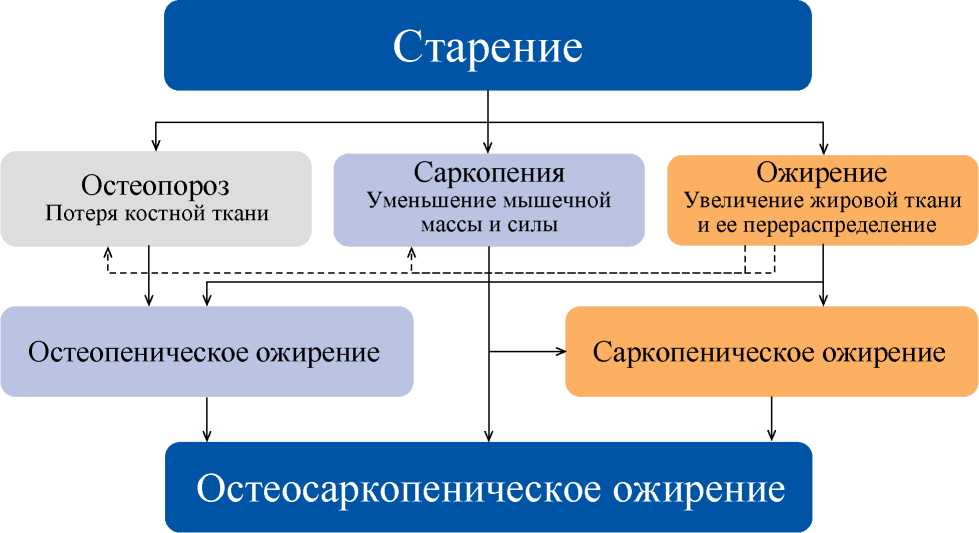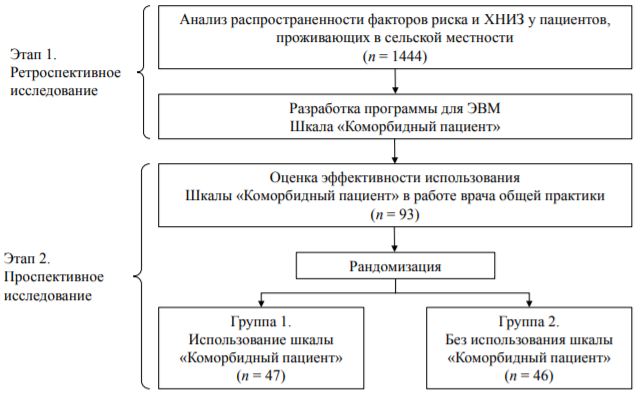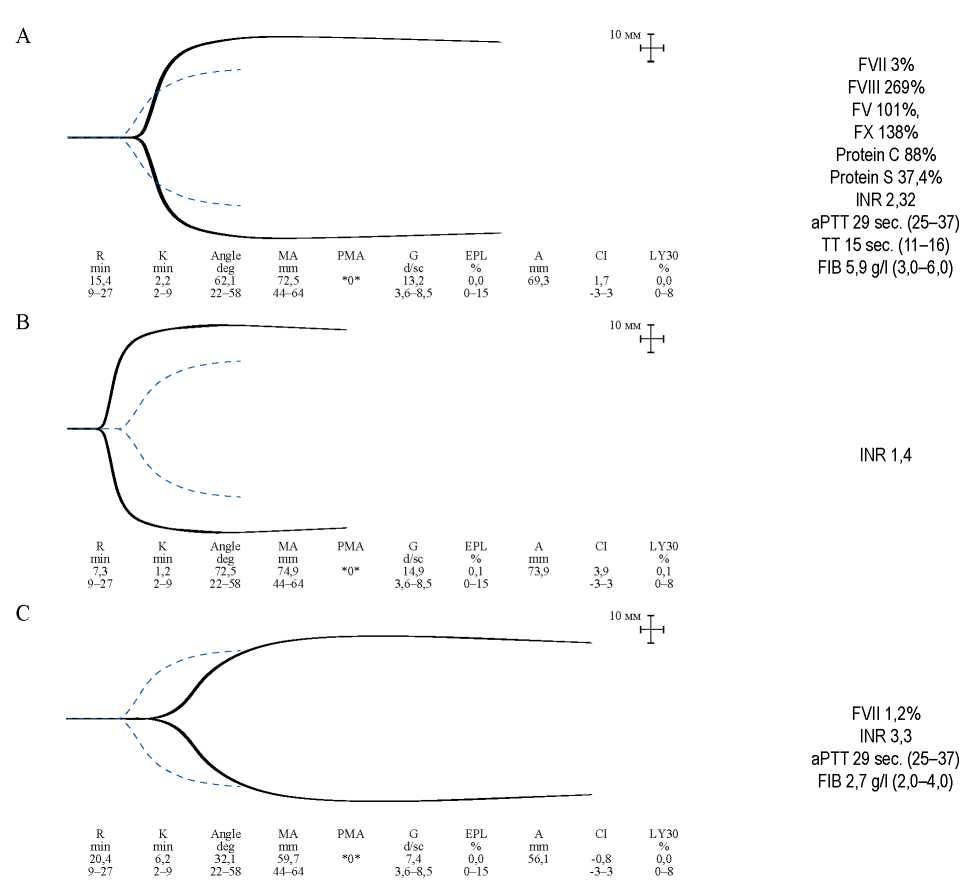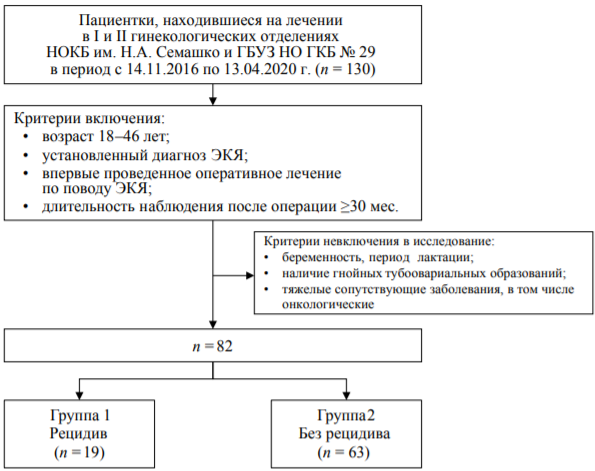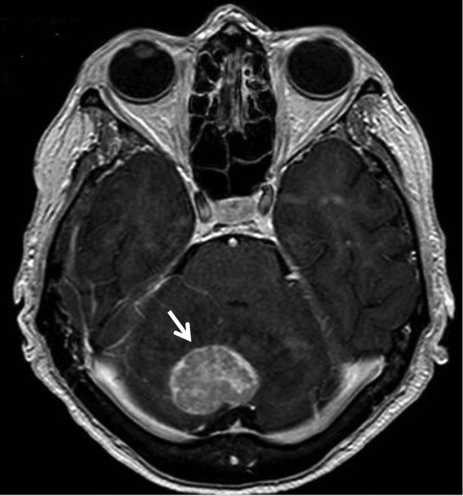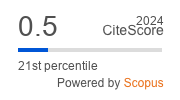EDITORIAL
BIOMEDICAL STATISTICS TUTORIAL
Statistics is the science dealing with the collecting, summarizing and interpreting of associations in research data, and has a leading role in medical research. This article is an introductory publication in a series devoted to biomedical statistics. The aim of this article is to acquaint the readers with the basic concepts of Venn diagrams, probability and set theory, which are required to further understand descriptive and inferential statistics. First, we discuss the applications of Venn diagrams in current clinical research. Then we discuss the definitions of sample space, events, basic set operations (union and intersection) and their implementation in the classical approach to probability theory. All examples are introduced with Venn diagrams to illustrate the cases.
INTERNAL MEDICINE
Aim. Evaluation of efficacy and safety of alirocumab in patients with atherogenic dyslipidemia in real clinical practice.
Materials and methods. Patients with atherogenic dyslipidemia and failure to achieve target lipid levels were included in a prospective, non-comparative study. For the final analysis, the data of 92 patients were studied: 61 men and 31 women; average age 59.8 ± 9.6 years. Alirokumab (Praluent, Sanofi) was administered at a dose of 150 mg subcutaneously once every 2 weeks for 3 months. The primary endpoint was the achievement of the target level of low-density lipoprotein cholesterol (LDL-C). Additionally, the level of lipoprotein(a) (LP(a)) and high-density lipoprotein cholesterol (HDL-C) was assessed. To assess safety, liver tests, creatinine levels and glycemia were examined; side effects have been studied. To test statistical hypotheses, a paired t-test and Wilcoxon’s test were used.
Results. After 3 months therapy, there was a statistically significant decrease in LDL-C: 1.45 [0.99; 2.14] vs 3.00 mmol / l [2.17; 3.81] initially (p < 0.0001); the median of the decline was –47% [–25; –65]; the target level of LDL-C was achieved in 40 (43%) patients. An increase in HDL-C was noted after 3 months treatment, their level was 1.36 ± 0.41 mmol / L vs 1.31 ± 0.38 mmol / L at baseline (p < 0.01). The concentration of LP(a) was re-measured in 21 patients with a baseline level > 30 mg / dL: a statistically significant decrease was achieved after 3 months: 67 mg / dL [46; 155] vs 85 mg / dL [58; 187] initially (p < 0.001). Indicators of liver function tests, creatinine and fasting glycemia did not change significantly. Side effects and undesirable effects were not recorded.
Conclusion. In real clinical practice, after 3 months treatment with alirokumab there was a significant decrease in the level of LDL-C, target levels were achieved in 43% of patients, there was a significant decrease in the level of LP(a) and an increase in HDL-C.
Modern concepts about body composition in the elderly are described in the review. Particular attention is paid to possible causes and pathogenetic aspects of sarcopenia, as well as modern diagnostic approaches to its recognition. The ageing process is inevitably combined with diverse changes in body composition. This age-related evolution can be described by three main processes: a decrease in the growth and mineral density of bone tissue (osteopenia and osteoporosis); progressive decrease in muscle mass; an increase in adipose tissue (sarcopenia and sarcopenic obesity) with its redistribution towards central and visceral fat accumulation. Sarcopenia and osteoporosis are considered the main geriatric syndromes. These pathological conditions contribute to a significant decrease in the quality of life in the elderly; create conditions for the loss of independence and require long-term care, increase the frequency of hospitalizations and ultimately result in adverse outcomes.
Aim. To develop a visual aid “Comorbid patient Scale” and evaluate its effectiveness through dynamic follow-up of patients with chronic non-communicable diseases (NCDs) in outpatient practice.
Materials and methods. The prevalence of risk factors and NCDs were analyzed in the course of a retrospective study of 1444 patients in rural areas. A visual aid “Comorbid Patient Scale” developed on obtained data has been evaluated in a 3-month prospective comparative study of 93 patients with NCDs, randomized to group 1, in which the Scale was used (n = 47), and a control group (group 2, n = 46).
Results. Group 1 showed a statistically significant increase in adherence to treatment after using the Scale for 3 months: 81% vs 57% at baseline (p < 0.05); in group 2 similar indicators were: 61% vs 54% (the difference is not significant). In group 1, the proportion of smoking patients (39% vs 15% (p < 0.05)) and the number of patients with hypercholesterolemia (23% vs 0% (p < 0.05)) significantly decreased; the number of patients with well-controlled arterial hypertension increased from 47% to 87% (p < 0.05). A similar dynamics was observed in group 2, however, the difference was not statistically significant. At baseline and 3 months later, the share of patients without exacerbation of diseases of the musculoskeletal system and respiratory tract diseases was the same across the groups.
Conclusion. The use of “Comorbid patient Scale” compared to standard patient management increases patient adherence to treatment by 17%, reduces the share of smoking patients by 21%, with hypercholesterolemia by 14%, with the achievement of target blood pressure indicators by 26%.
ОBSTETRICS AND GYNECOLOGY
Congenital deficiency of clotting factor VII (FVII) — refers to rare hemorrhagic diatheses, for which no unified approaches to the management of pregnancy and childbirth have been developed. The analysis of hemostasiological management of four pregnant women with congenital hypoproconvertinemia is presented.
Cases reports. All patients had no or minimal history of hemorrhagic syndrome. In two cases, the diagnosis was made during the actual pregnancy. Provision of hemostasis during delivery (two — vaginal delivery, two — cesarean section) was carried out with recombinant activated FVII (rFVIIa): in two cases, once at a dose of 15–30 mcg/kg, in one twice with repeated administration after 12 hours, in another one tranexamic acid was used. There were no hemorrhagic or thrombotic complications. The thromboelastography (TEG) during pregnancy did not correspond to the severity of hypoproconvertinemia: at FVII activity < 5%, the TEG parameters indicated hypercoagulation.
Discussion. There is a weak correlation between the level of FVII activity in plasma and the severity of hemorrhagic syndrome. The decision on the mode of delivery in patients with FVII deficiency is made according to obstetric criteria. In most cases, a single administration of rFVIIa is sufficient at a dose of 15–30 mcg/kg at the beginning of labor or before performing a caesarean section.
Aim. To identify risk factors for recurrence of ovarian endometriomas after surgical treatment.
Materials and methods. The retrospective cohort study included 82 patients operated on for the first time for ovarian endometriomas, the follow-up period was 30 months. The recurrence developed in 19 patients (group 1), in 63 the recurrence was not diagnosed (group 2). Data prior to surgery (clinical characteristics, level CA-125), during surgery (cytokine concentration in peritoneal fluid, immunohistochemical analysis in capsule of ovarian endometriomas), postoperative therapy were evaluated as risk factors for recurrence. The Mann-Whitney U-test, the Fisher exact test was used to compare the groups. Specificity, sensitivity, accuracy, AUC ROC and threshold values were calculated.
Results. The recurrence rate of ovarian endometriomas was 23%. There were no differences between groups according to age, proportion of smokers, body mass index, gynecological anamnesis, obstetric status and postoperative hormone therapy. Preoperative concentrations of CA-125 in group 1 were higher than in group 2: 62.5 U/ml [40.7; 112.3] vs 40.3 U/ml [20.3; 68.8], р < 0.05. The concentration of IL-6, IL-8, TNFα, IL-1β, IL-17, VEGF, MCP 1 in peritoneal fluid taken during surgery was statistically significantly higher in group 1. The highest AUC ROC was received for VEGF 0.875 (0.778–0.973) and IL-8 0.953 (0.896–1.009). For VEGF the threshold value was 125.6 pg/ml, sensitivity 100%, specificity 71%, accuracy 79.8%. For IL-8 the threshold value was 128.78 pg/ml, sensitivity 93%, specificity 87.1%, accuracy 88.9%. In group 1, higher expression values of VEGF and CD34 angiogenesis markers in ovarian endometriomas were recorded. The highest AUC ROC was noted for CD34 — 0.844 (0.683–1.000), threshold value was 2.5%, sensitivity 90%, specificity 75%, accuracy 80.8%.
Conclusion. Risk factors for recurrence of ovarian endometriomas after operative treatment include VEGF and IL-8 levels in peritoneal fluid and expression of CD34 in the capsule.
ONCOLOGY
Brain metastases from clear cell uterine carcinoma are extremely rare and are associated with a poor prognosis.
Case report. A case of metastasis to the cerebellum in a 55-year-old patient with uterine adenocarcinoma is presented. The diagnosis of uterine cancer T2N1M1, stage IV was established in 2016. Extirpation of the uterus, lymph node dissection, radiation and chemotherapy were performed. In 2018, the patient developed neurological symptoms. On MRI scan a tumor in the posterior cranial fossa was found. Without progression in other organs and the area of the primary focus. The tumor was resected. Histology: brain metastasis from clear cell uterine adenocarcinoma. Radiation and chemotherapy were performed. The patient’s neurological symptoms regressed. In the future, a complete response to the treatment was recorded.
Discussion. Our case illustrates a rare metastasis from clear cell uterine adenocarcinoma. Brain metastases from uterine adenocarcinoma do not have a specific radiographic feature. Management of such patients should include a combined treatment, which can increase life expectancy. The life expectancy of our patient at the time of the control examination was 29 months.
ISSN 2658-3348 (Online)



